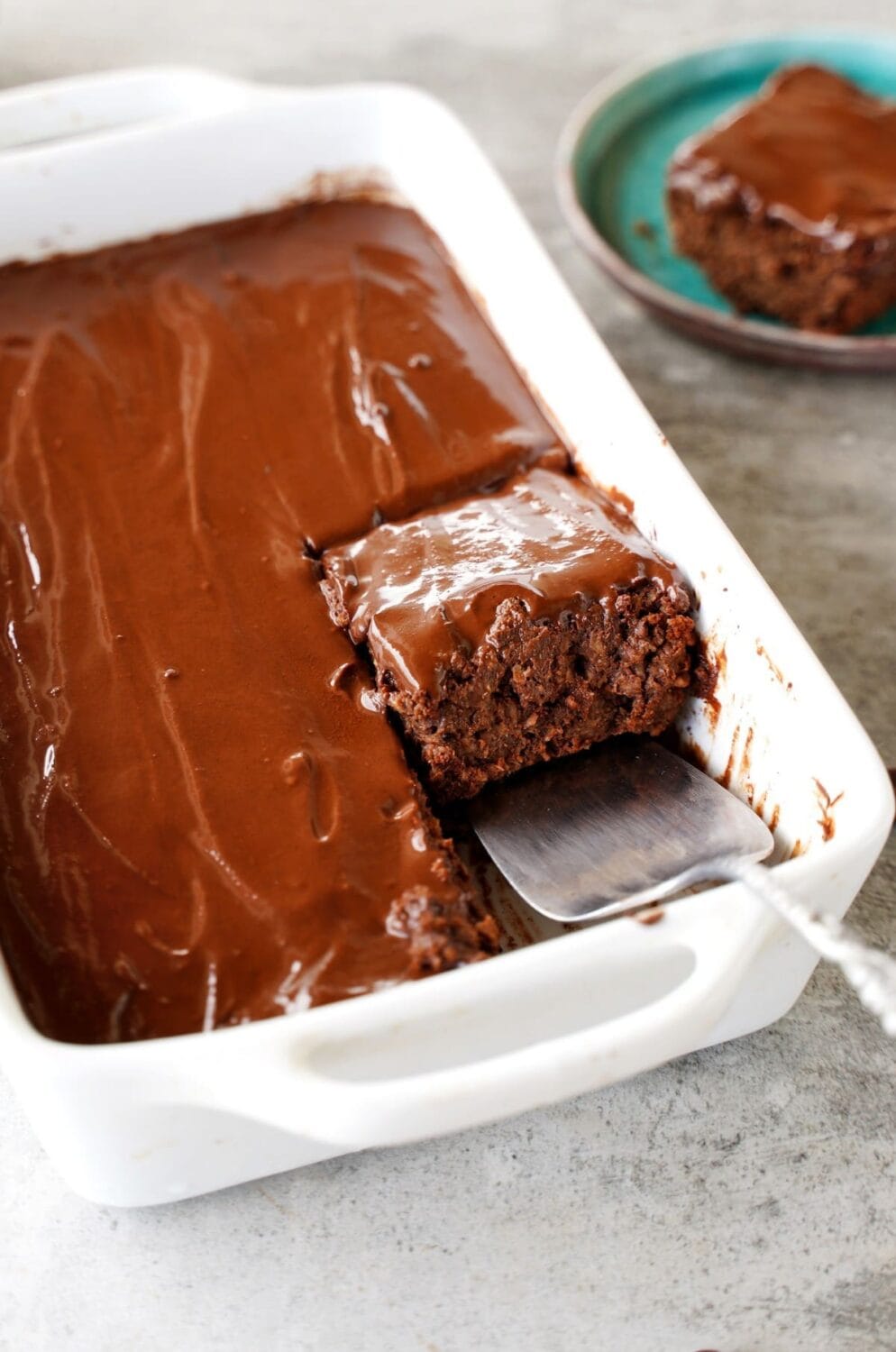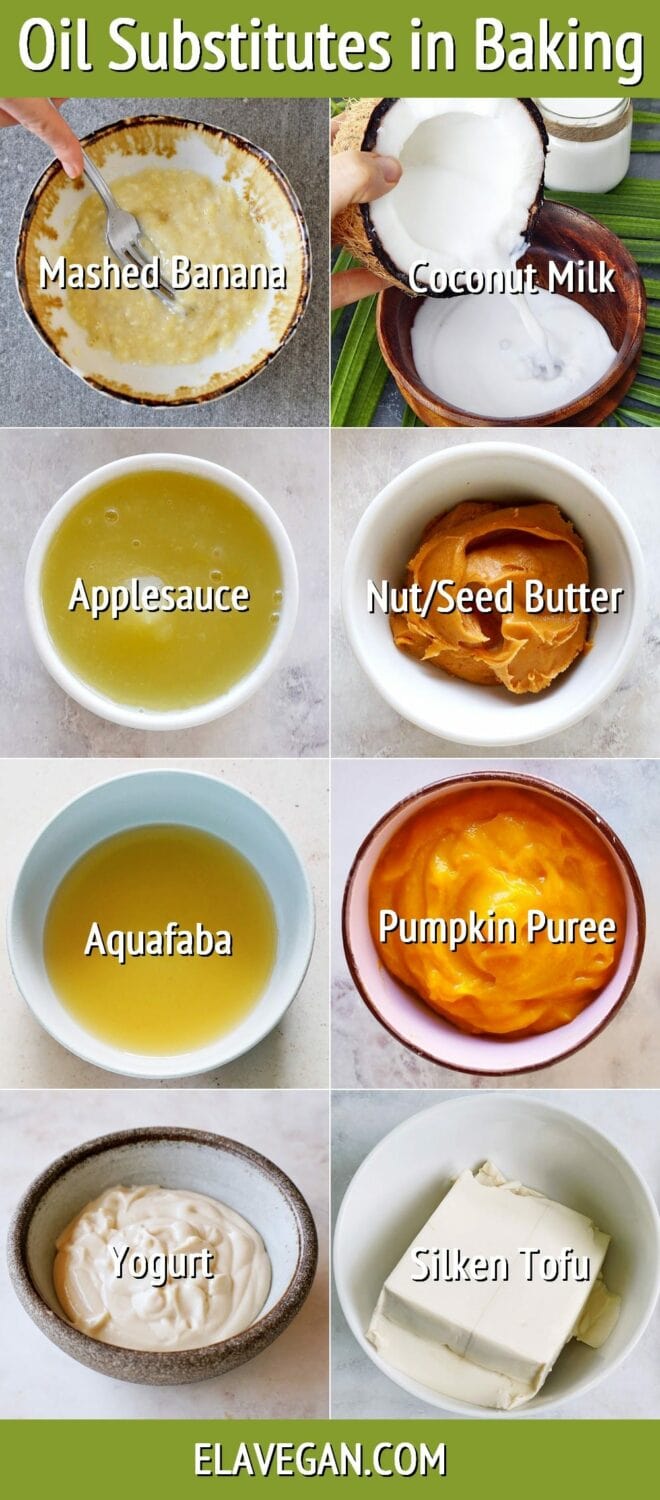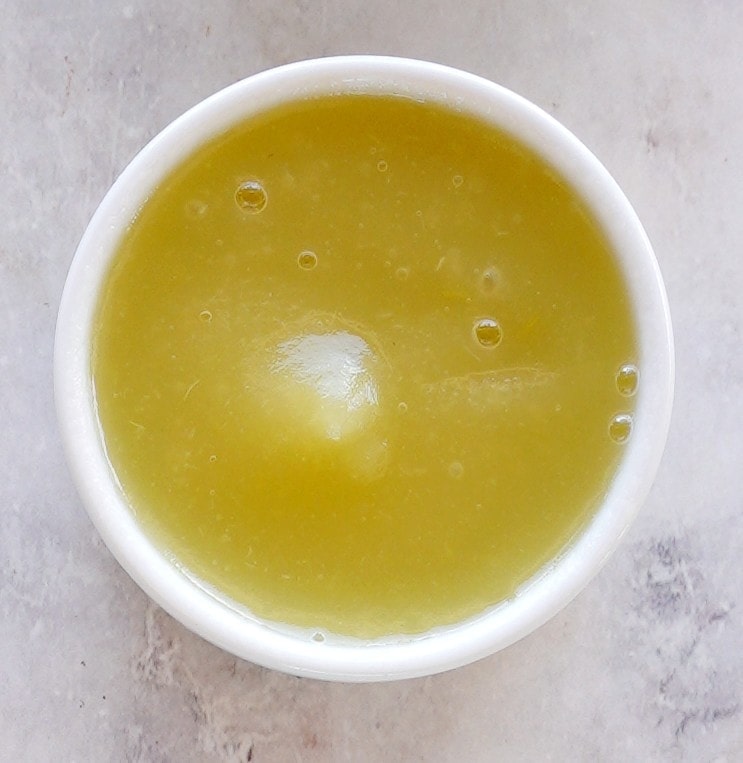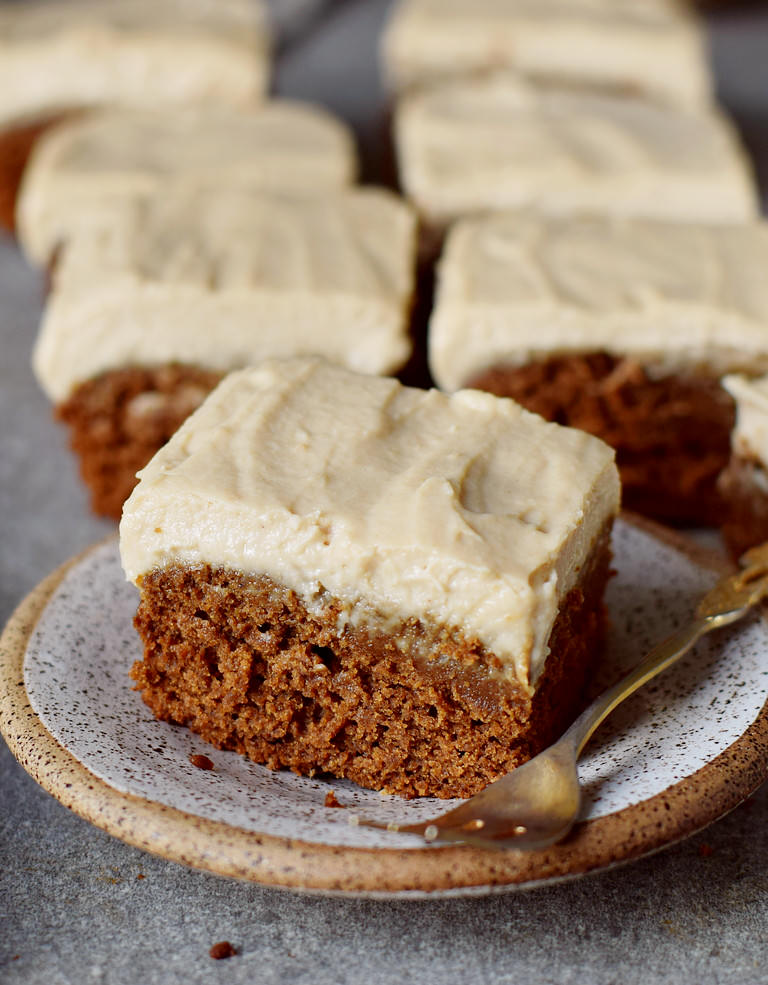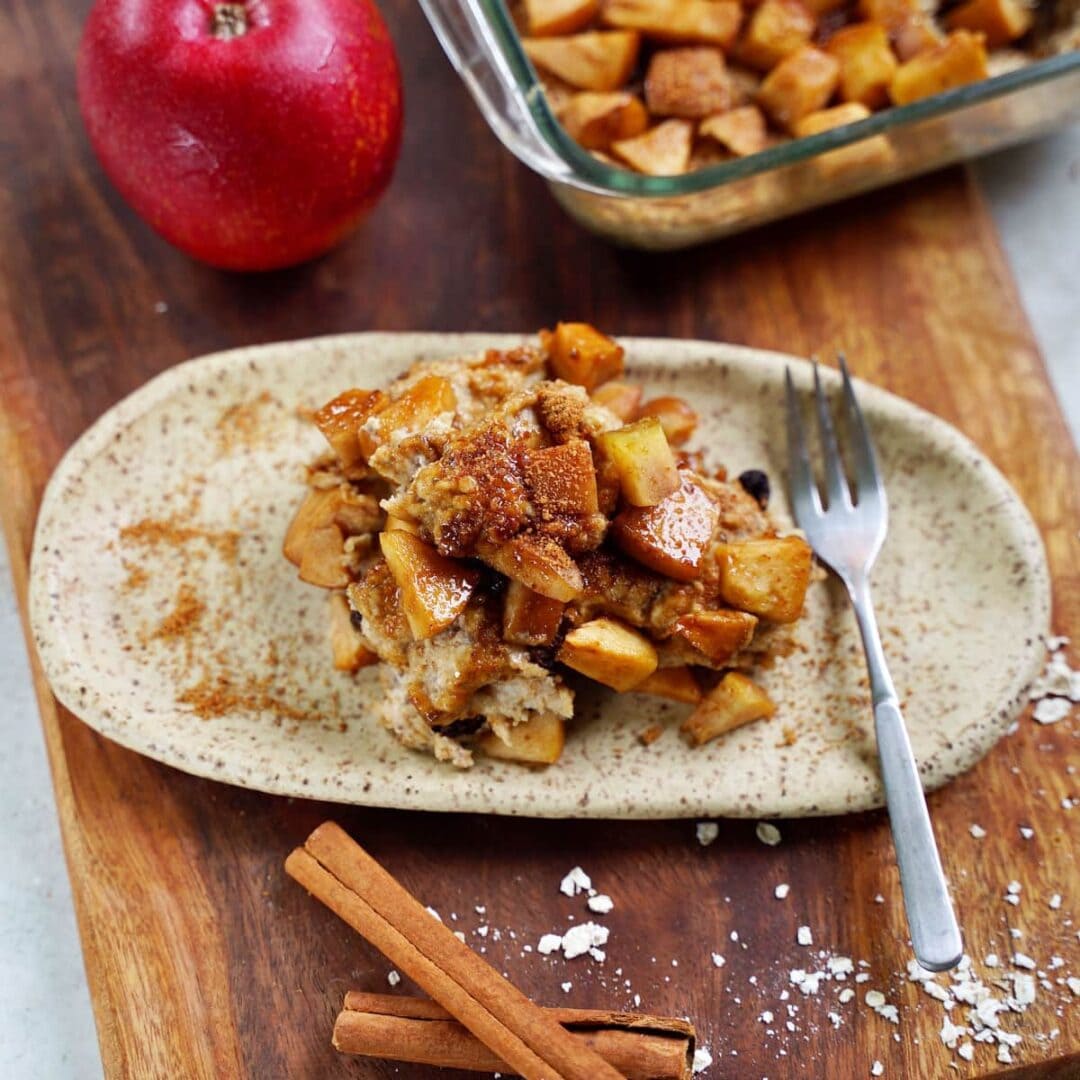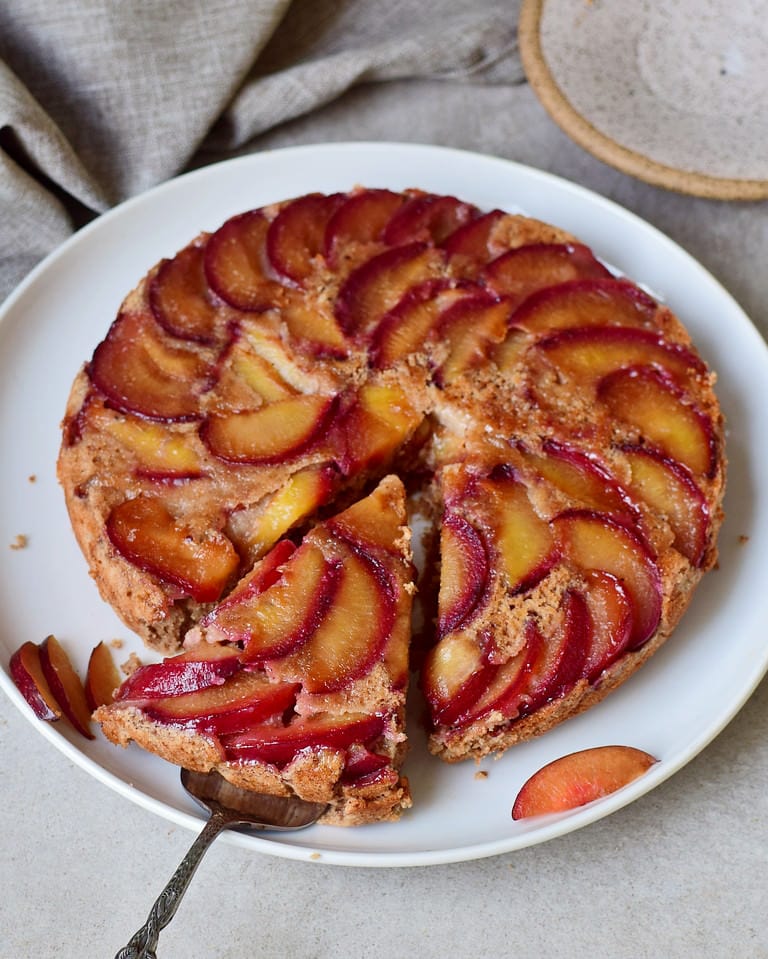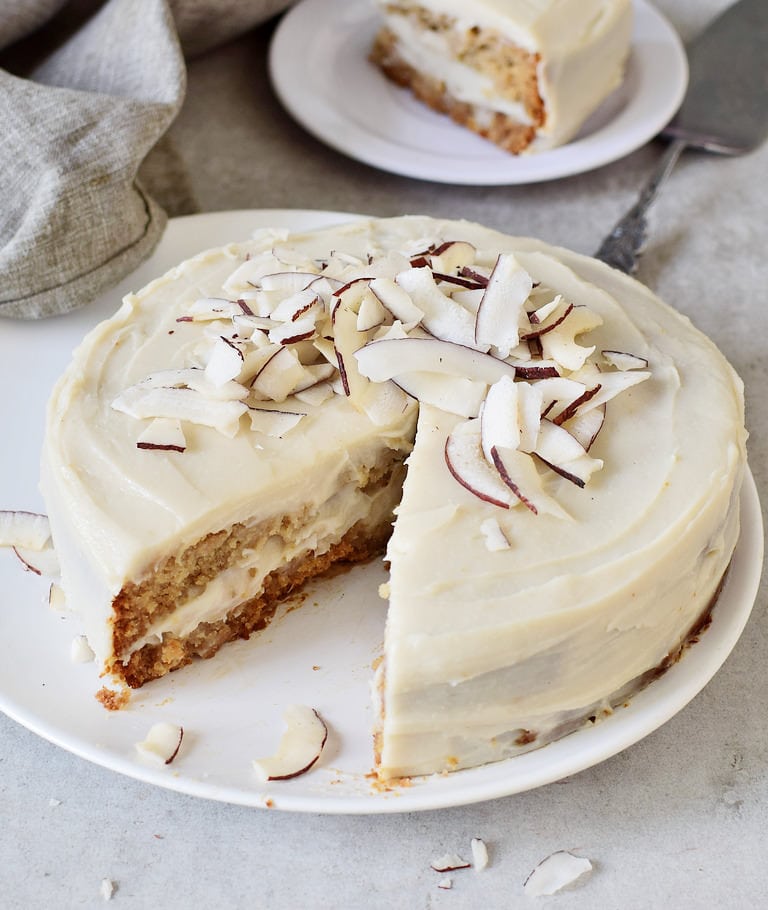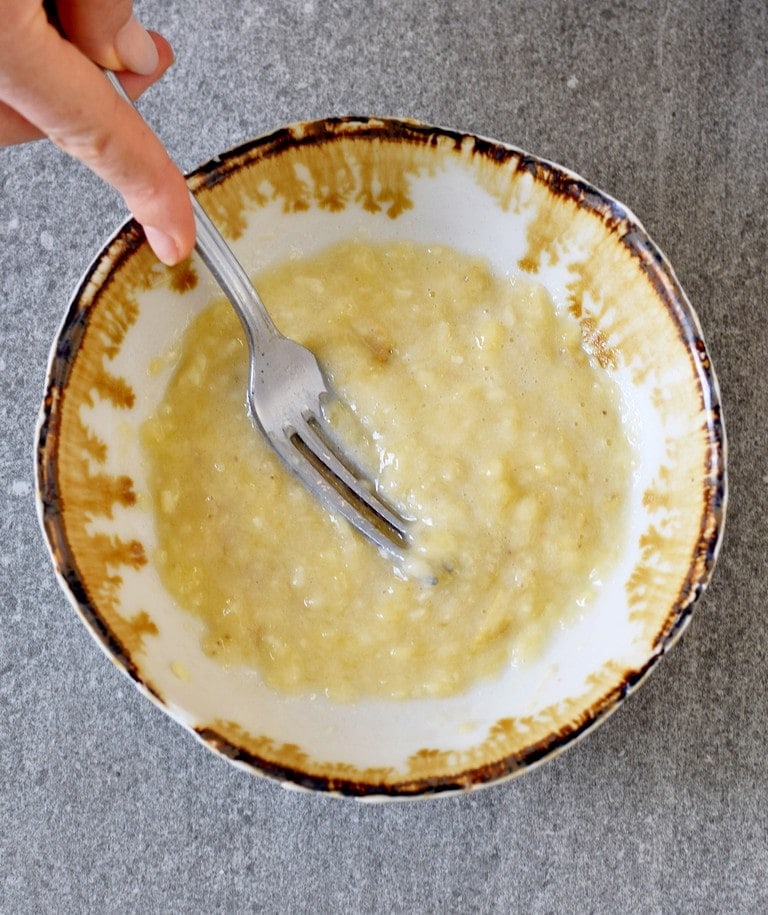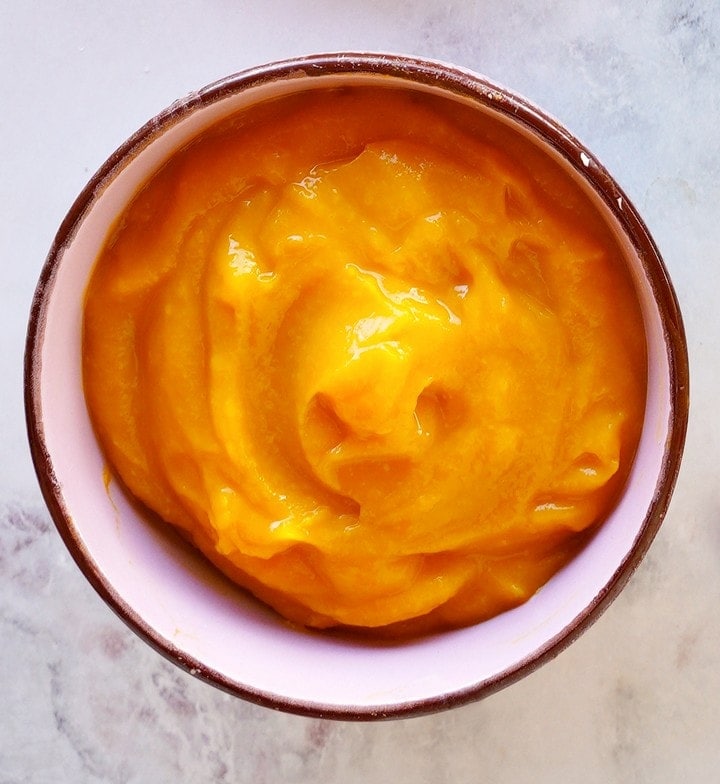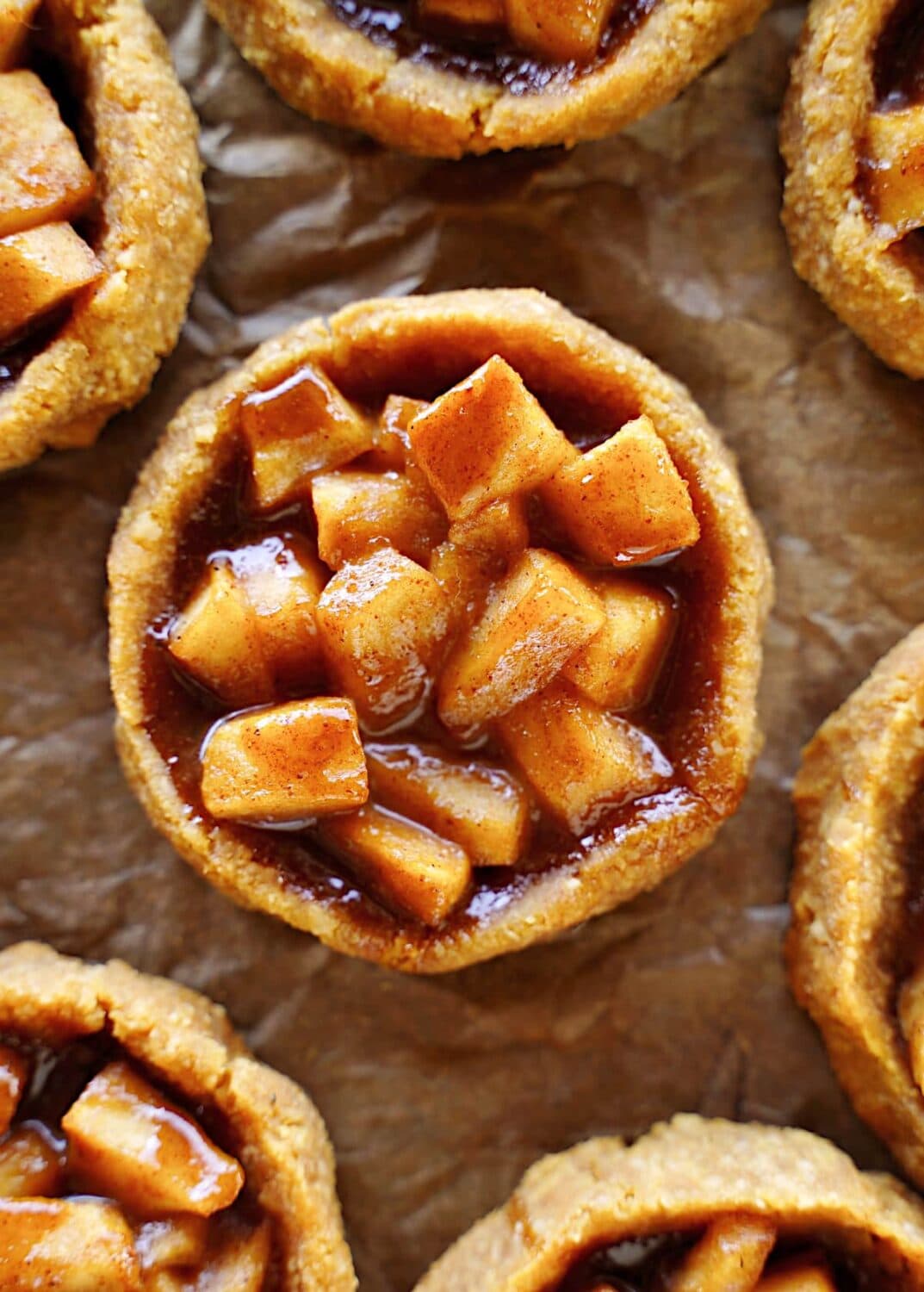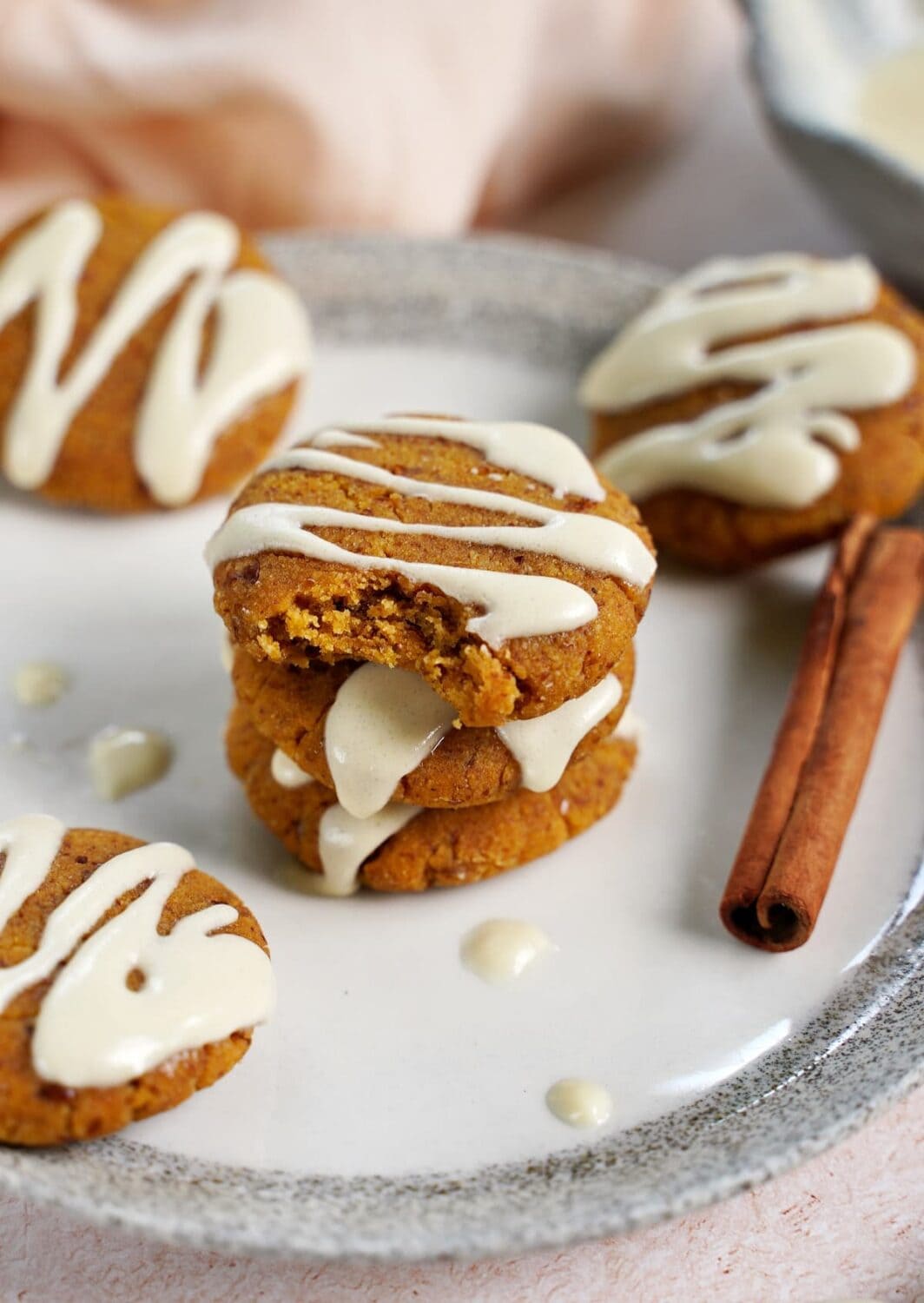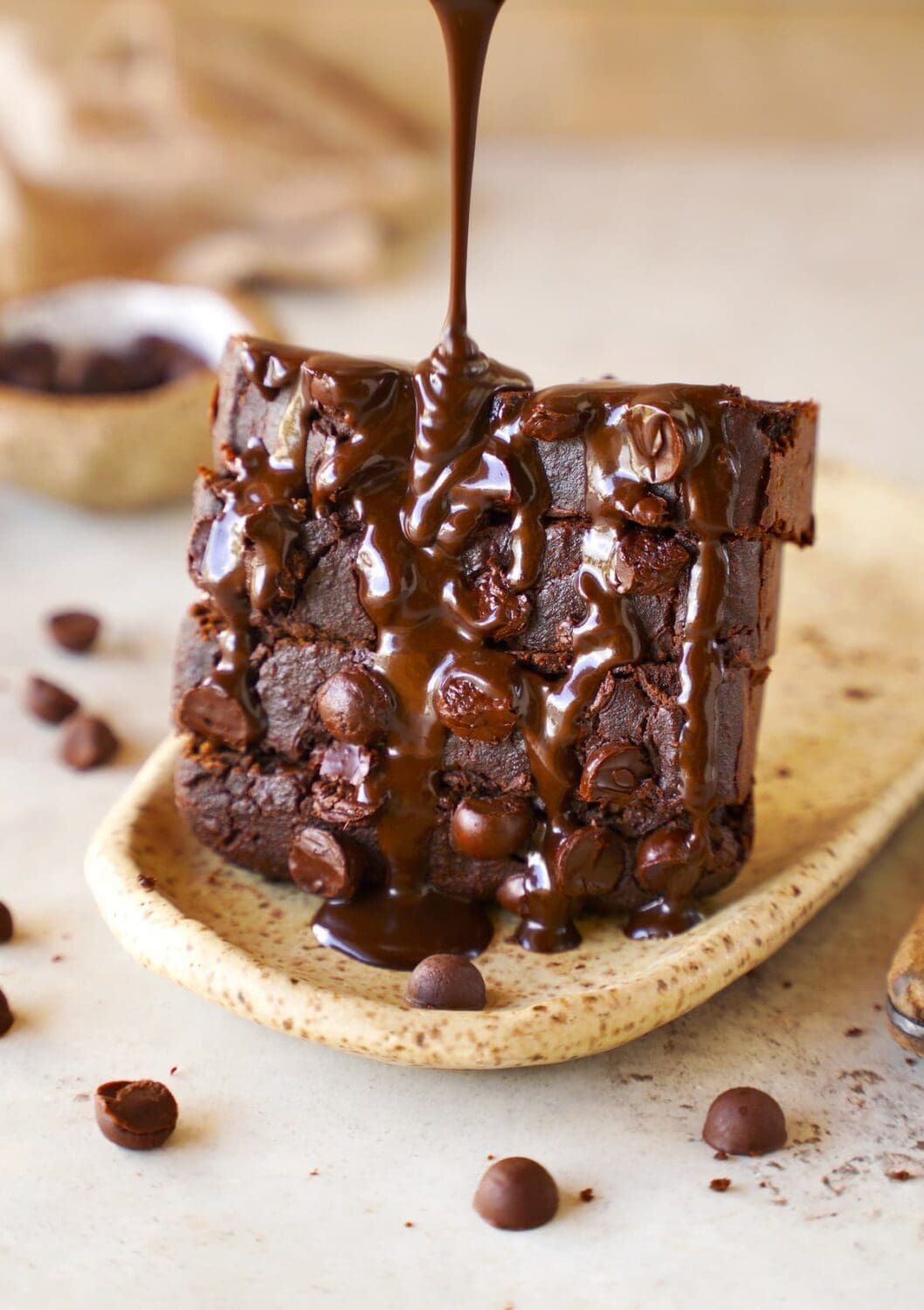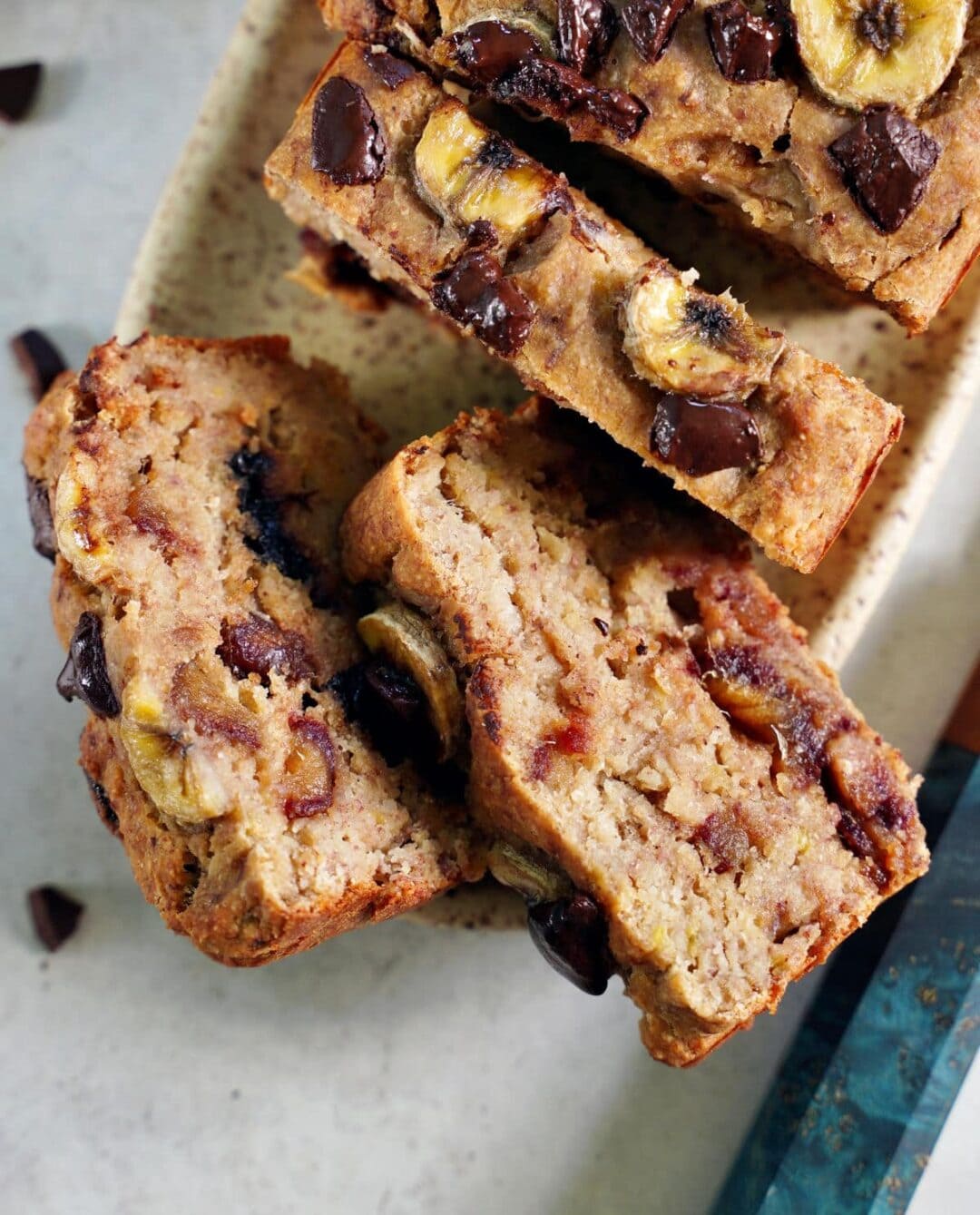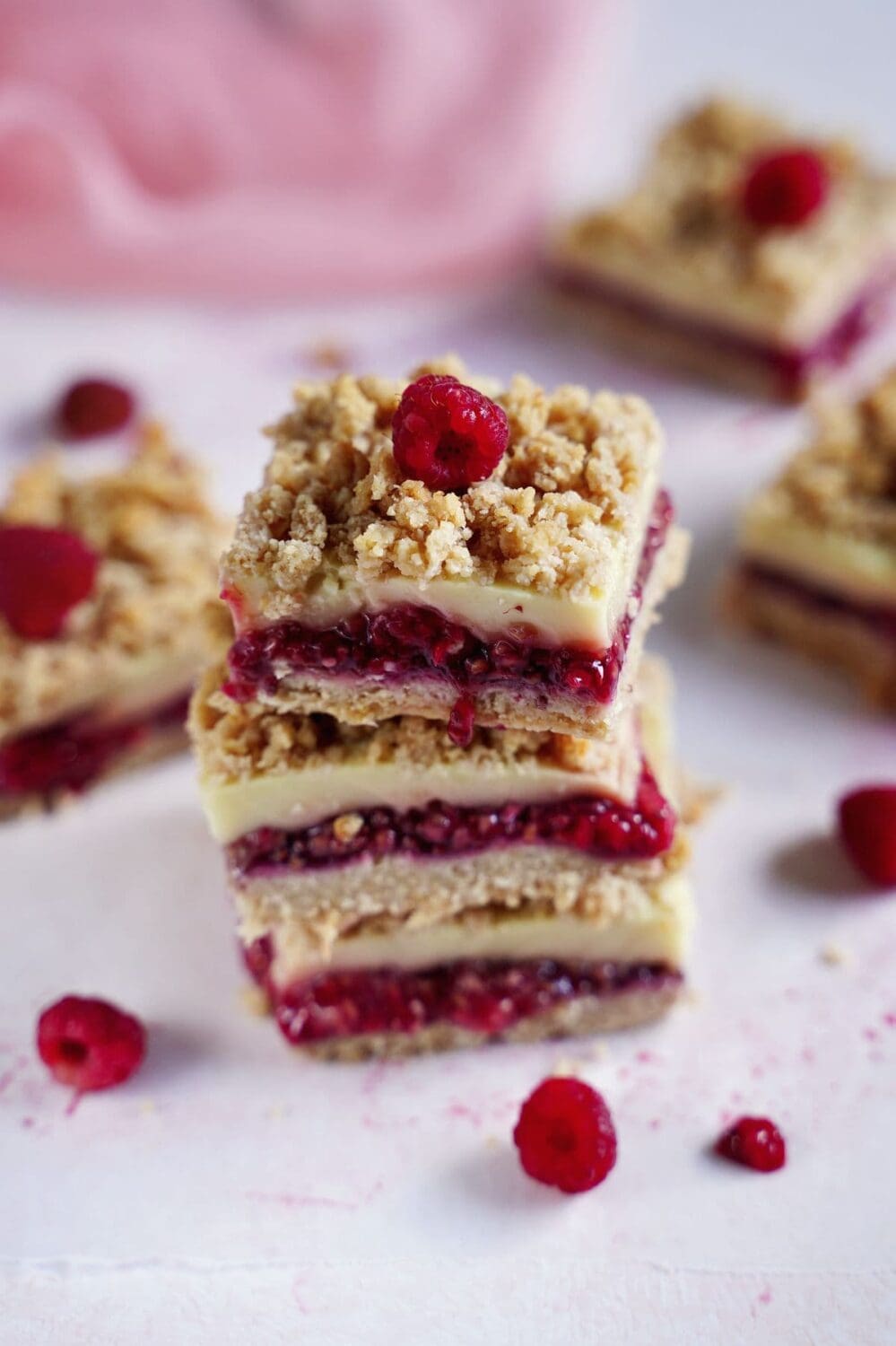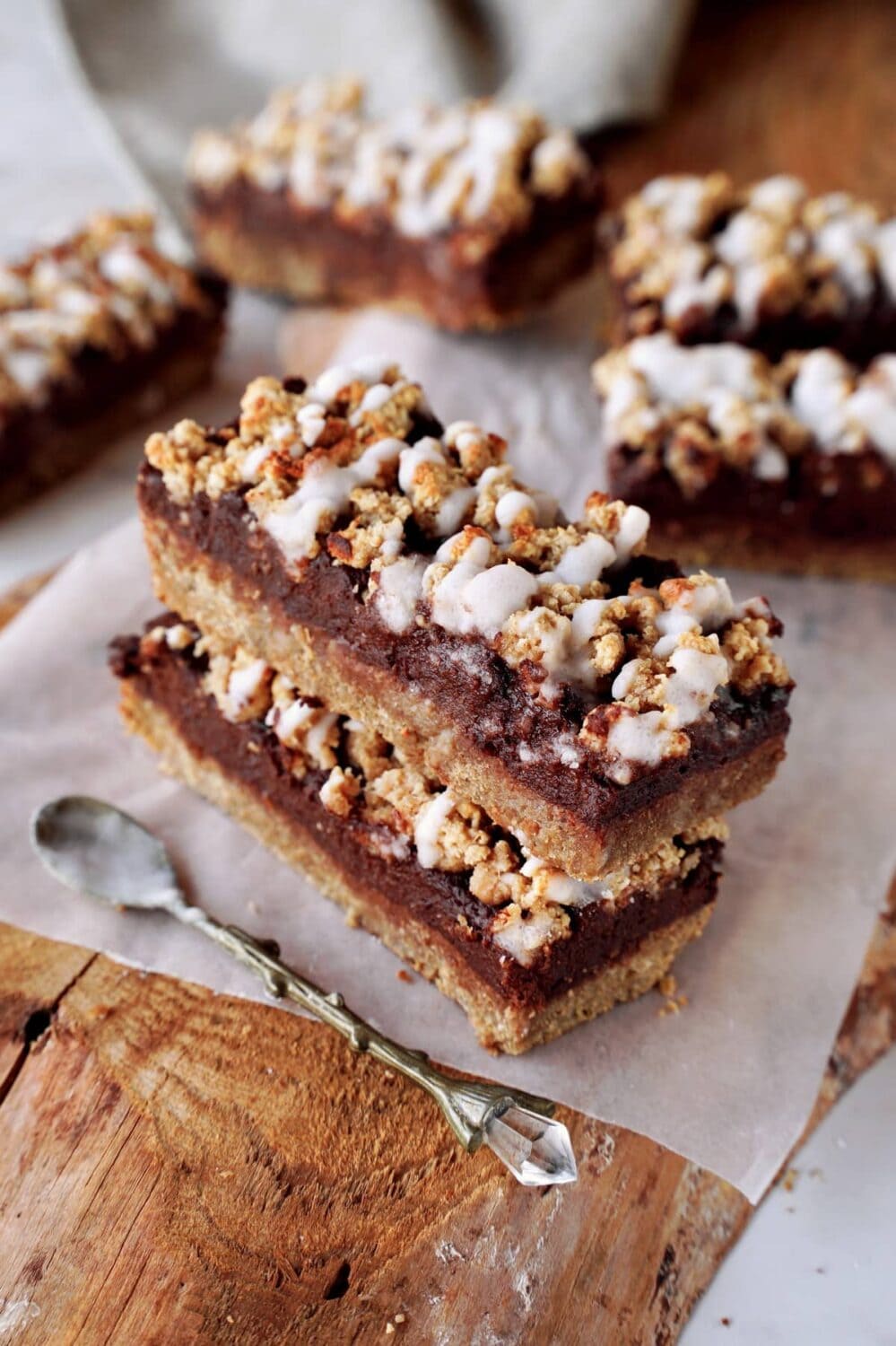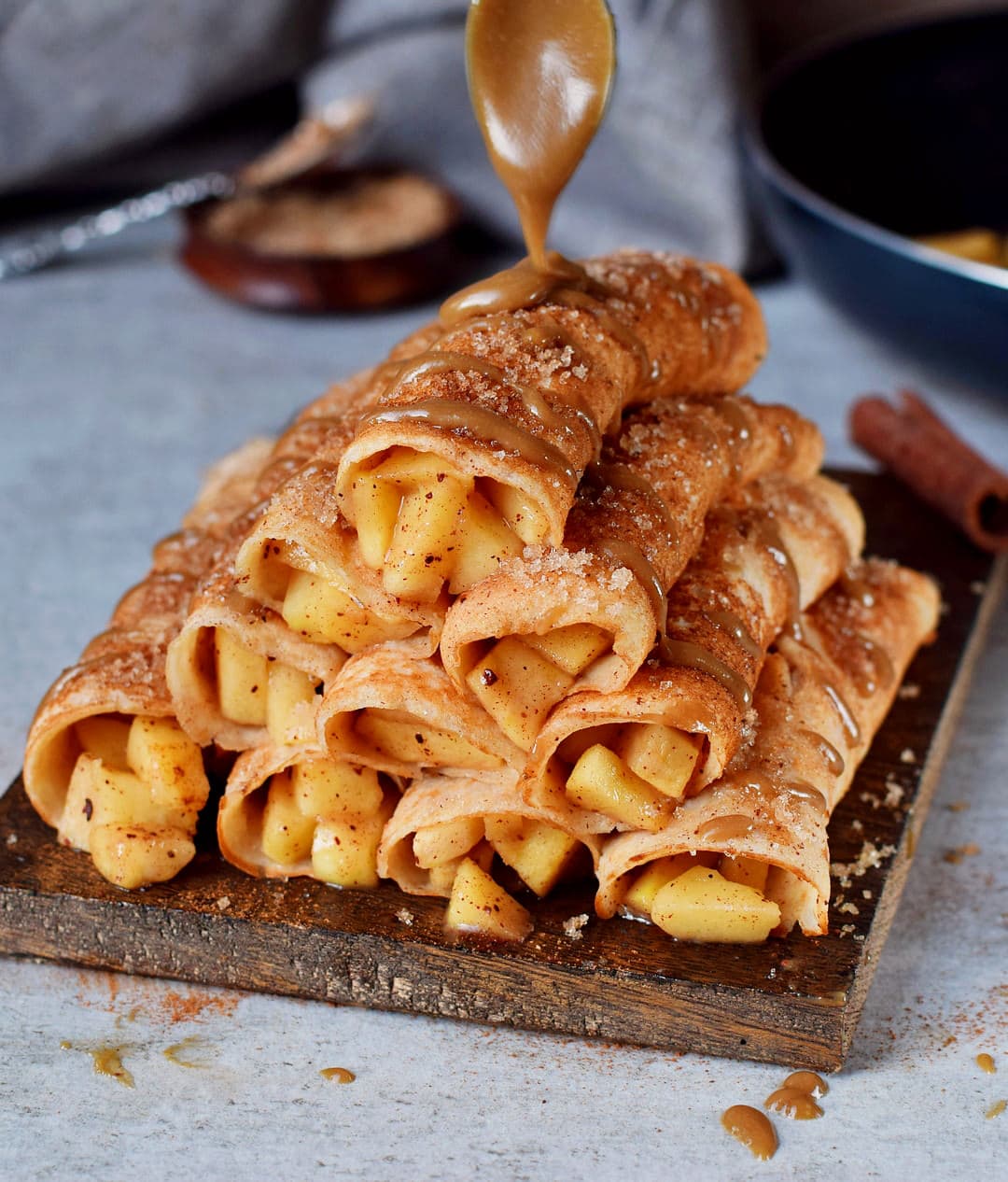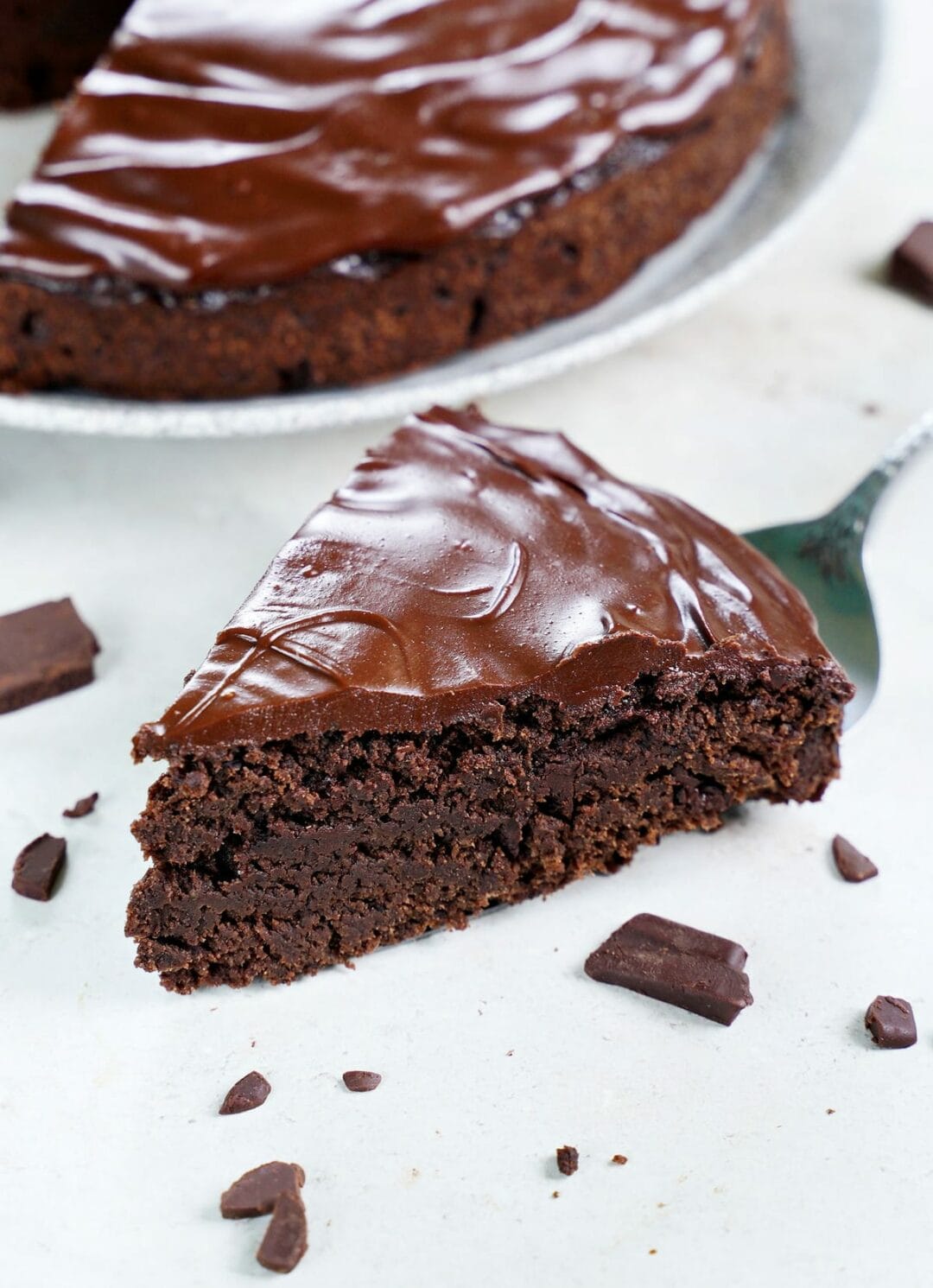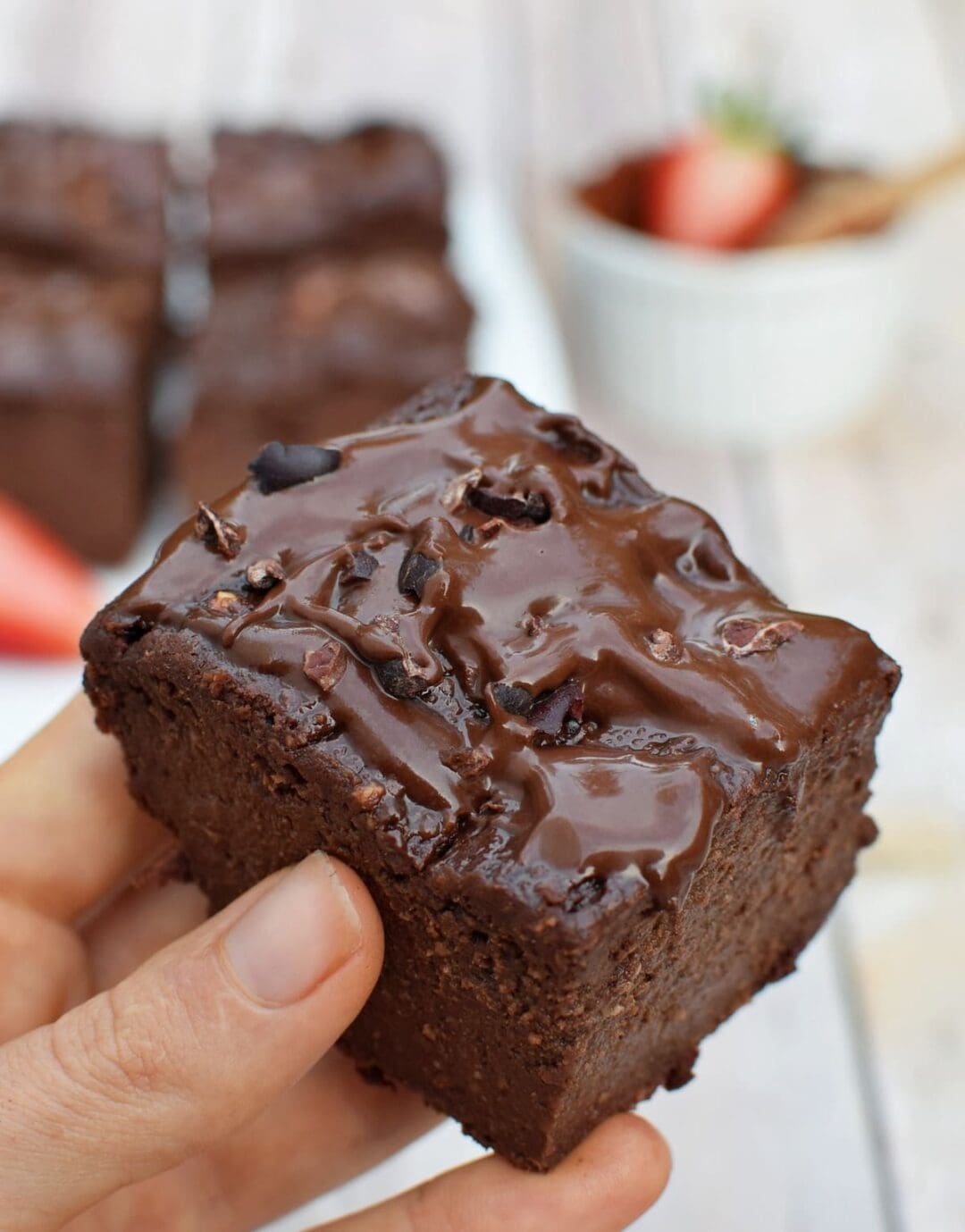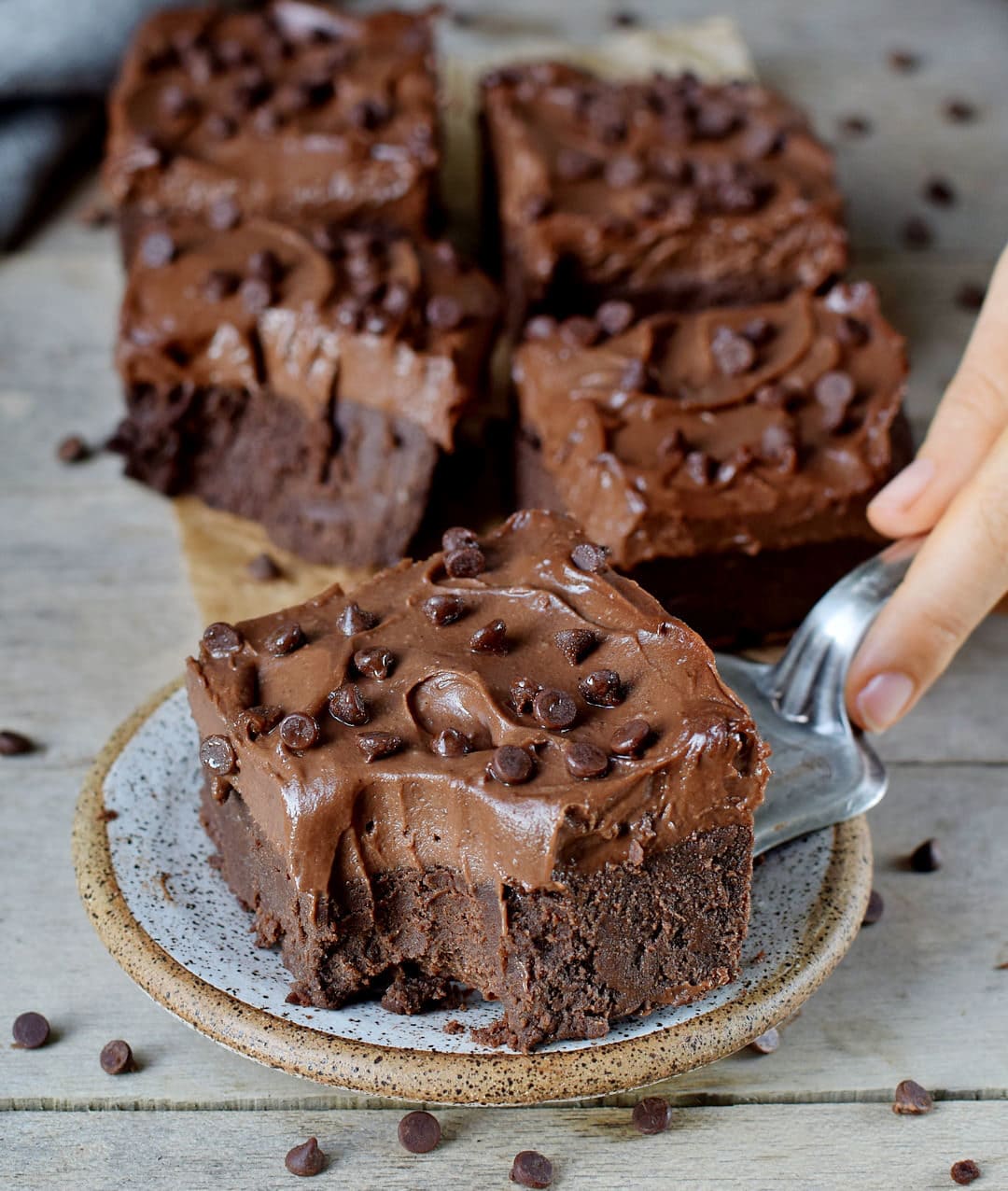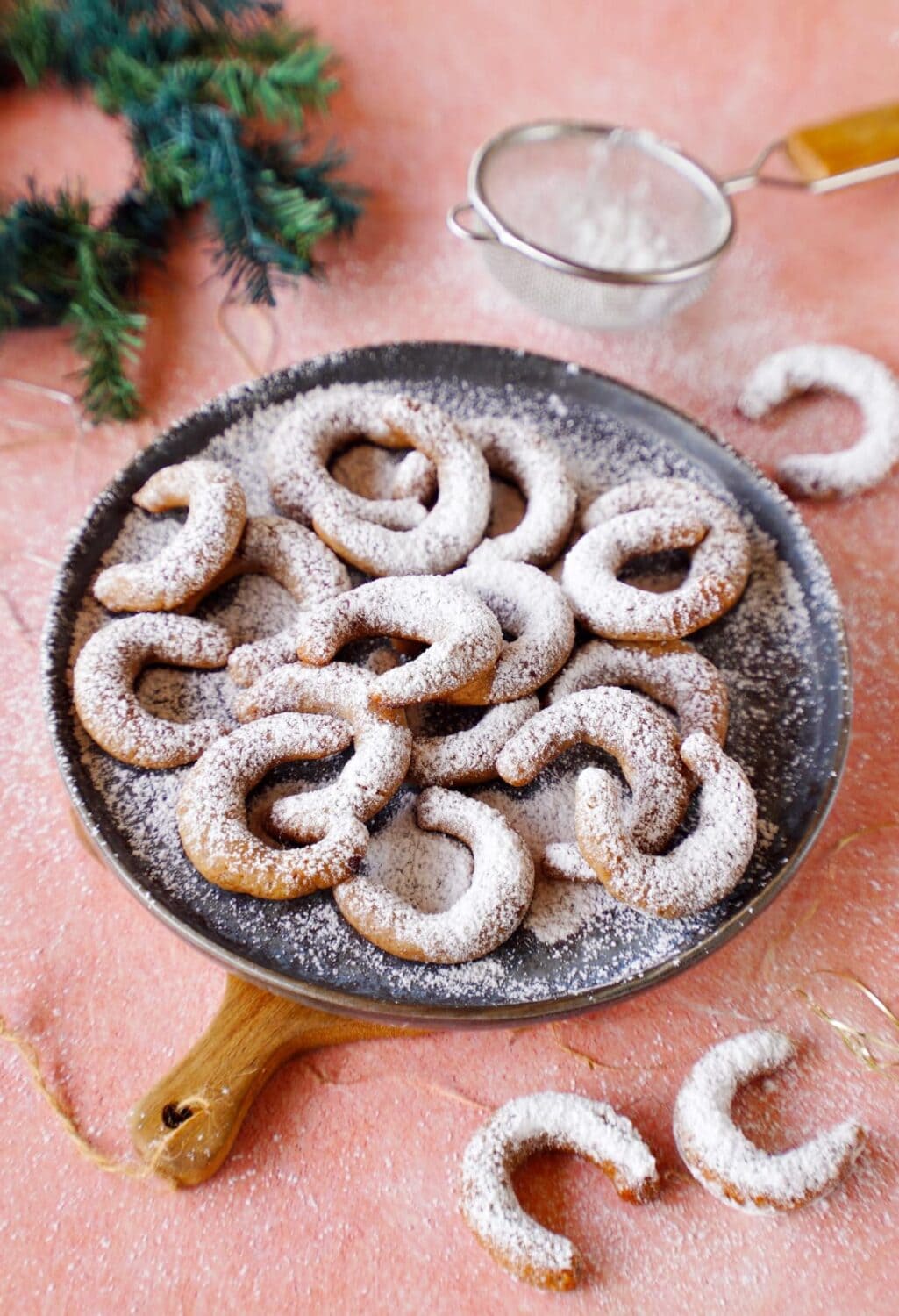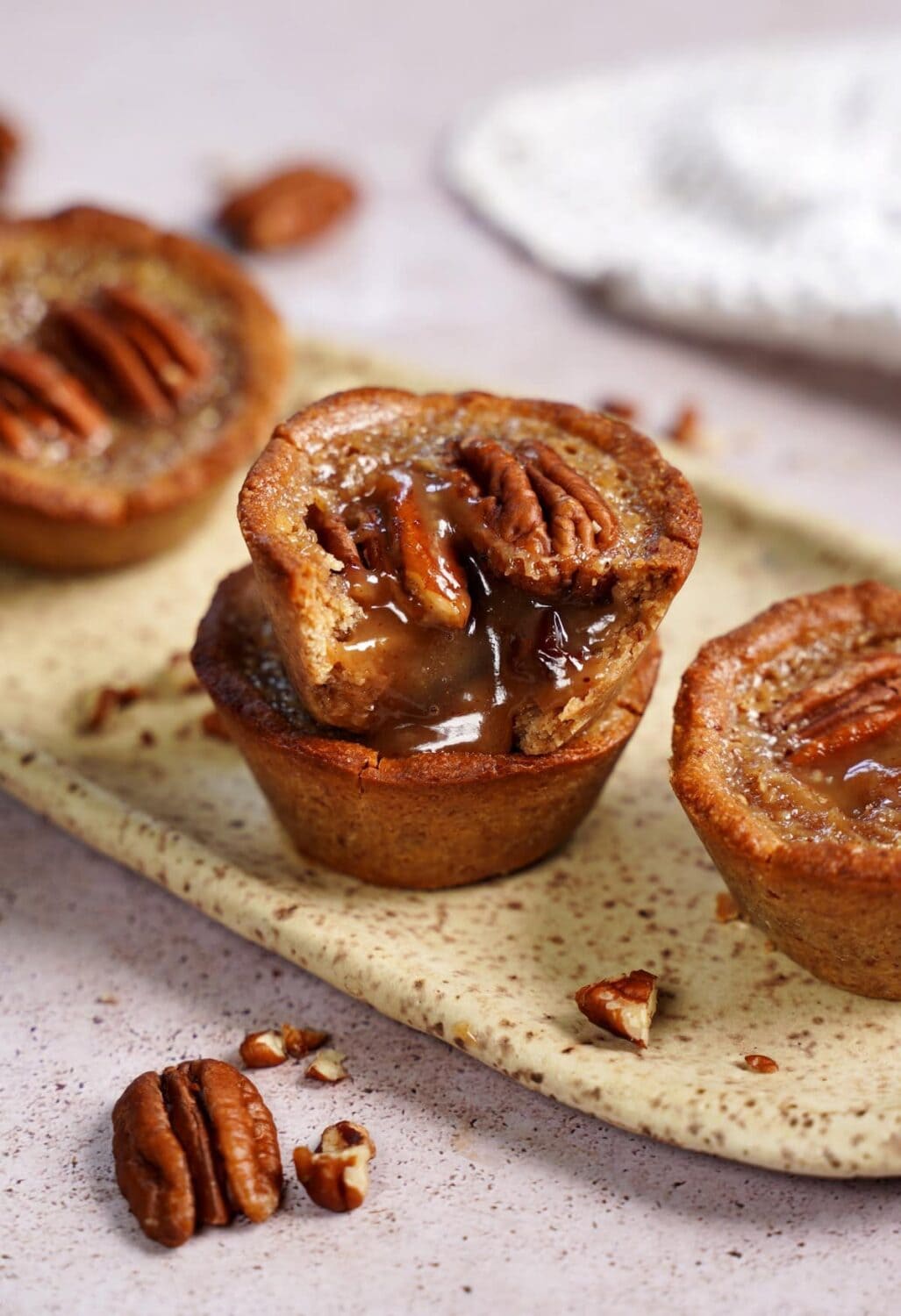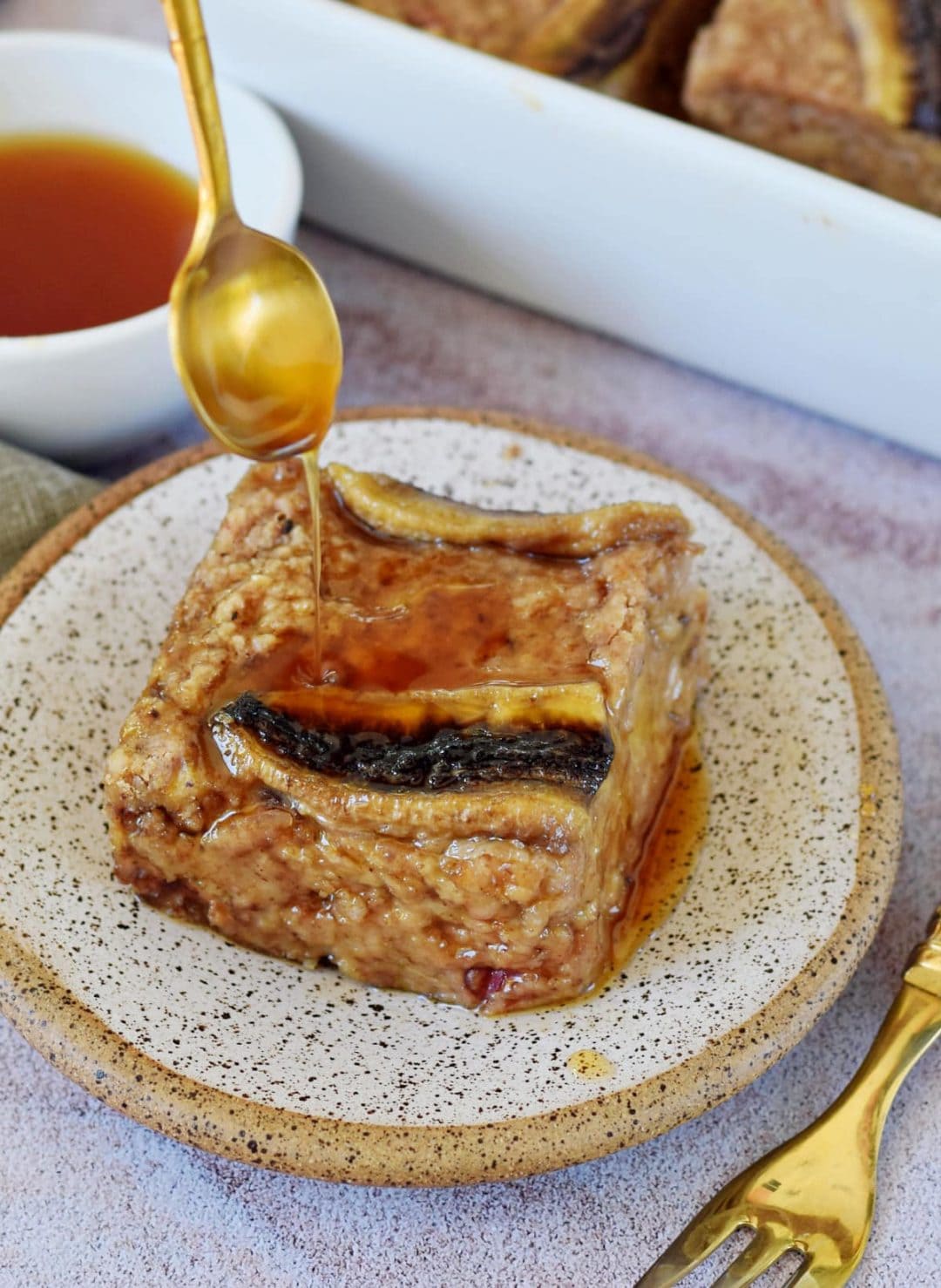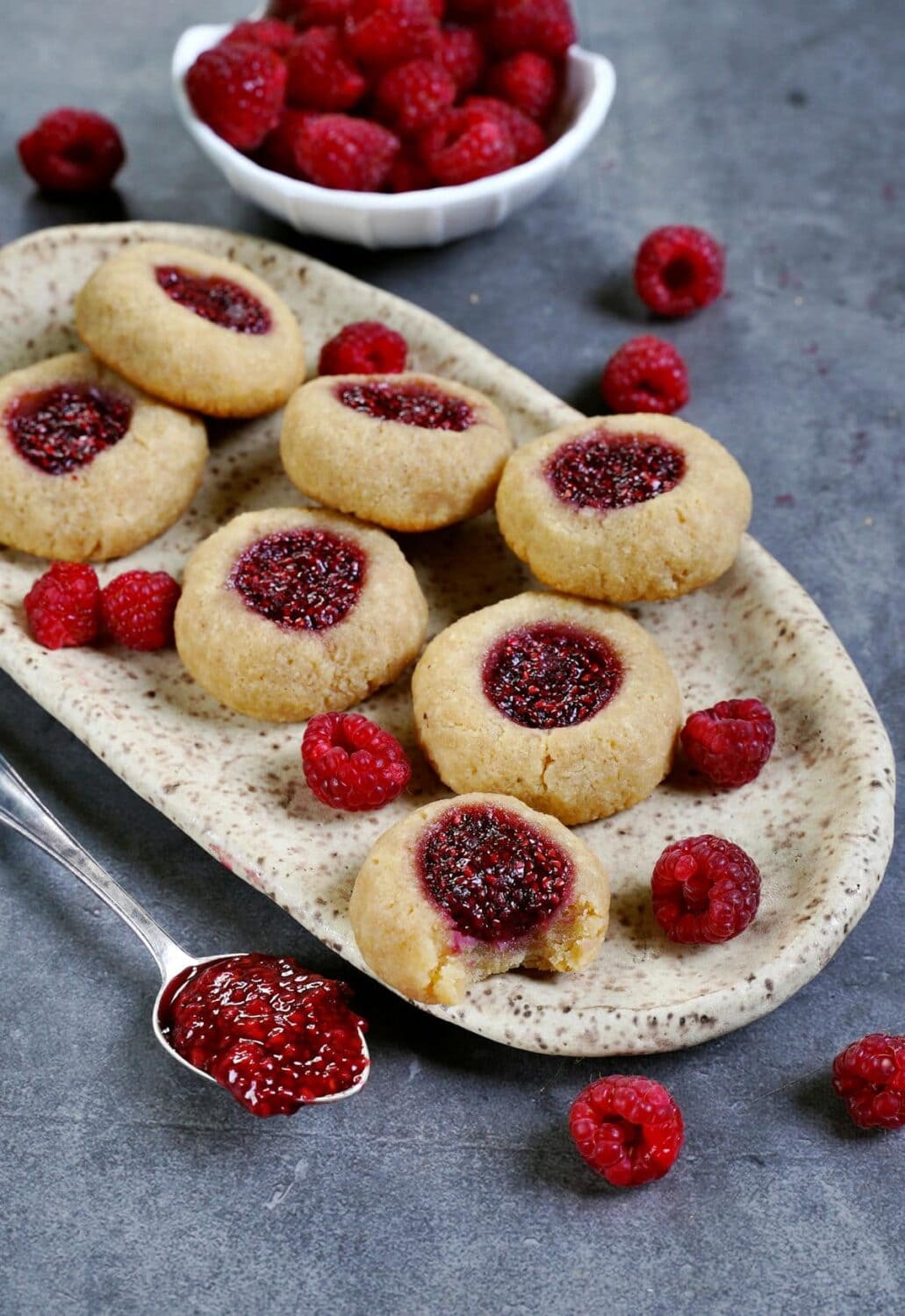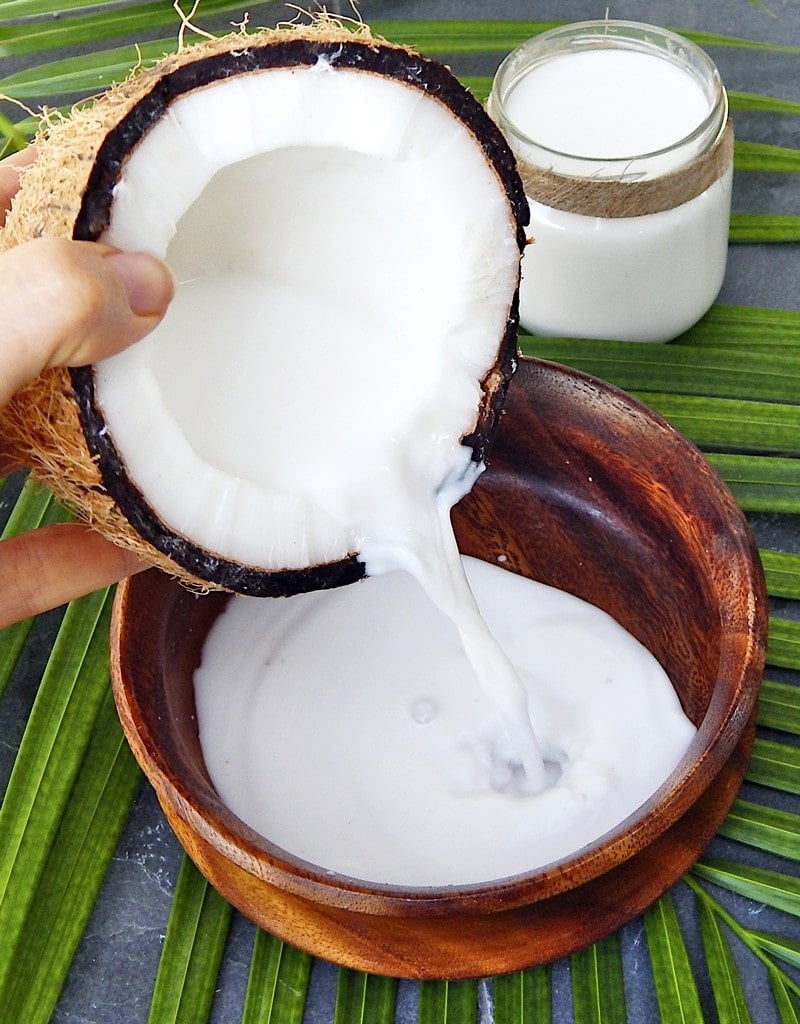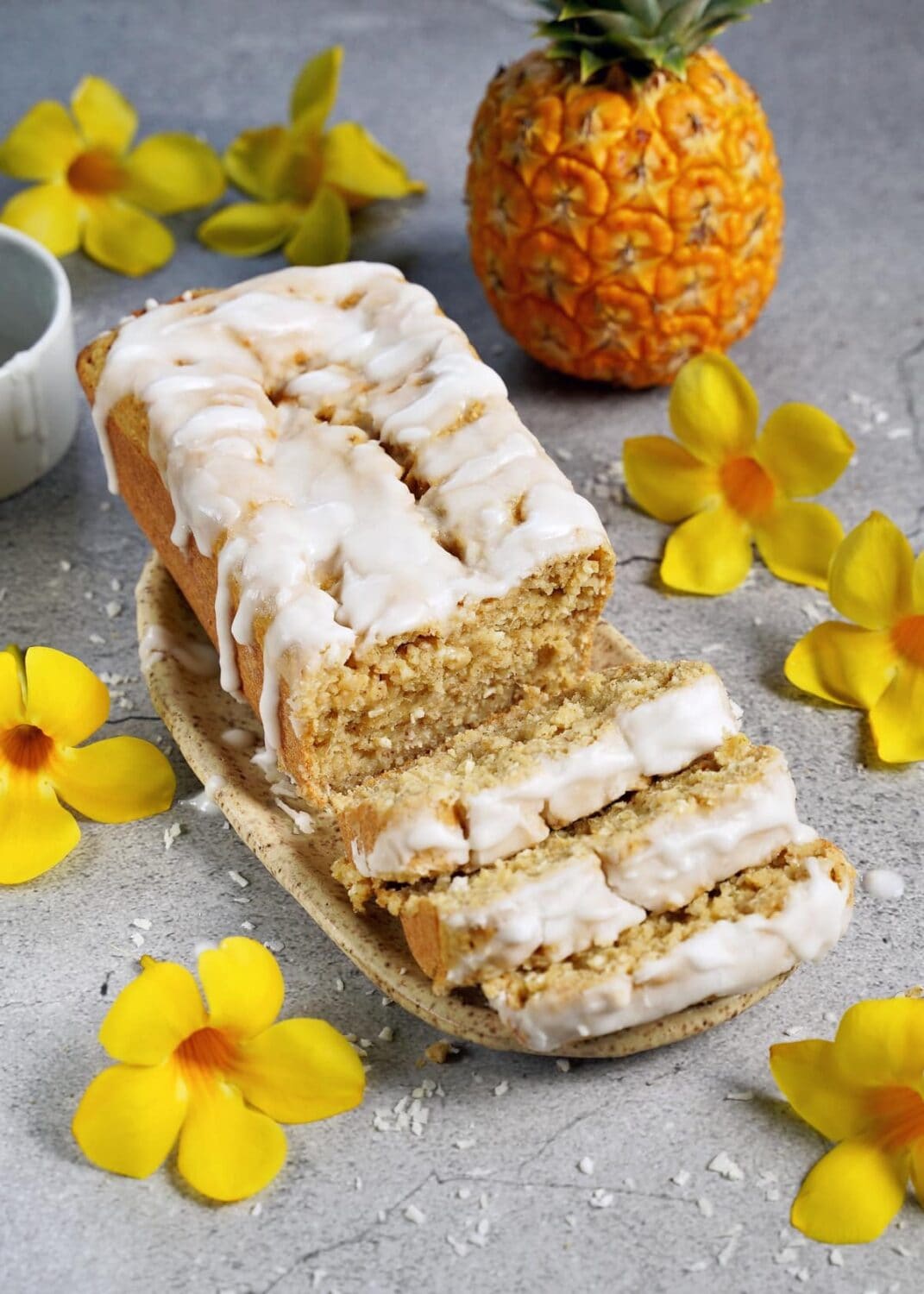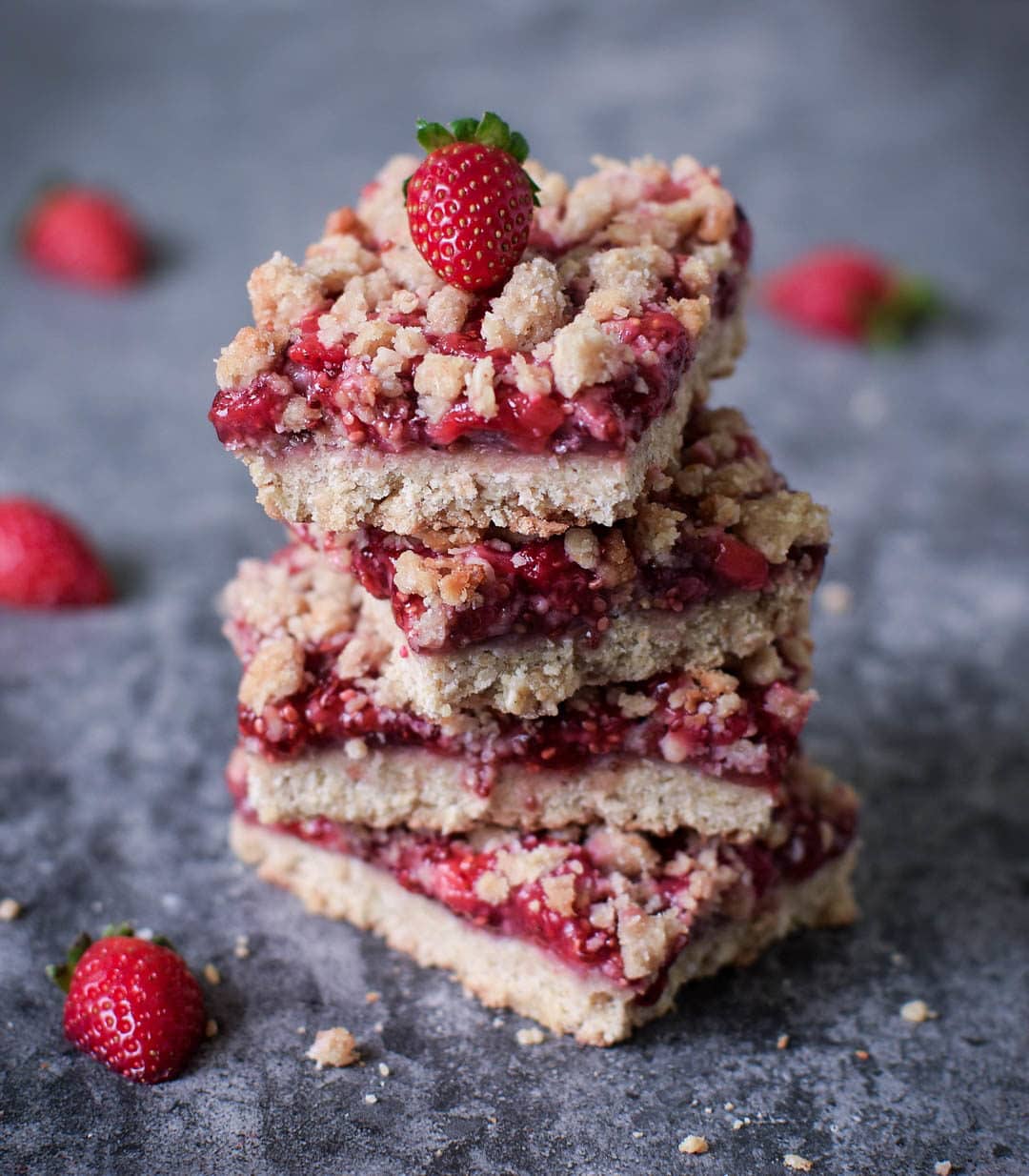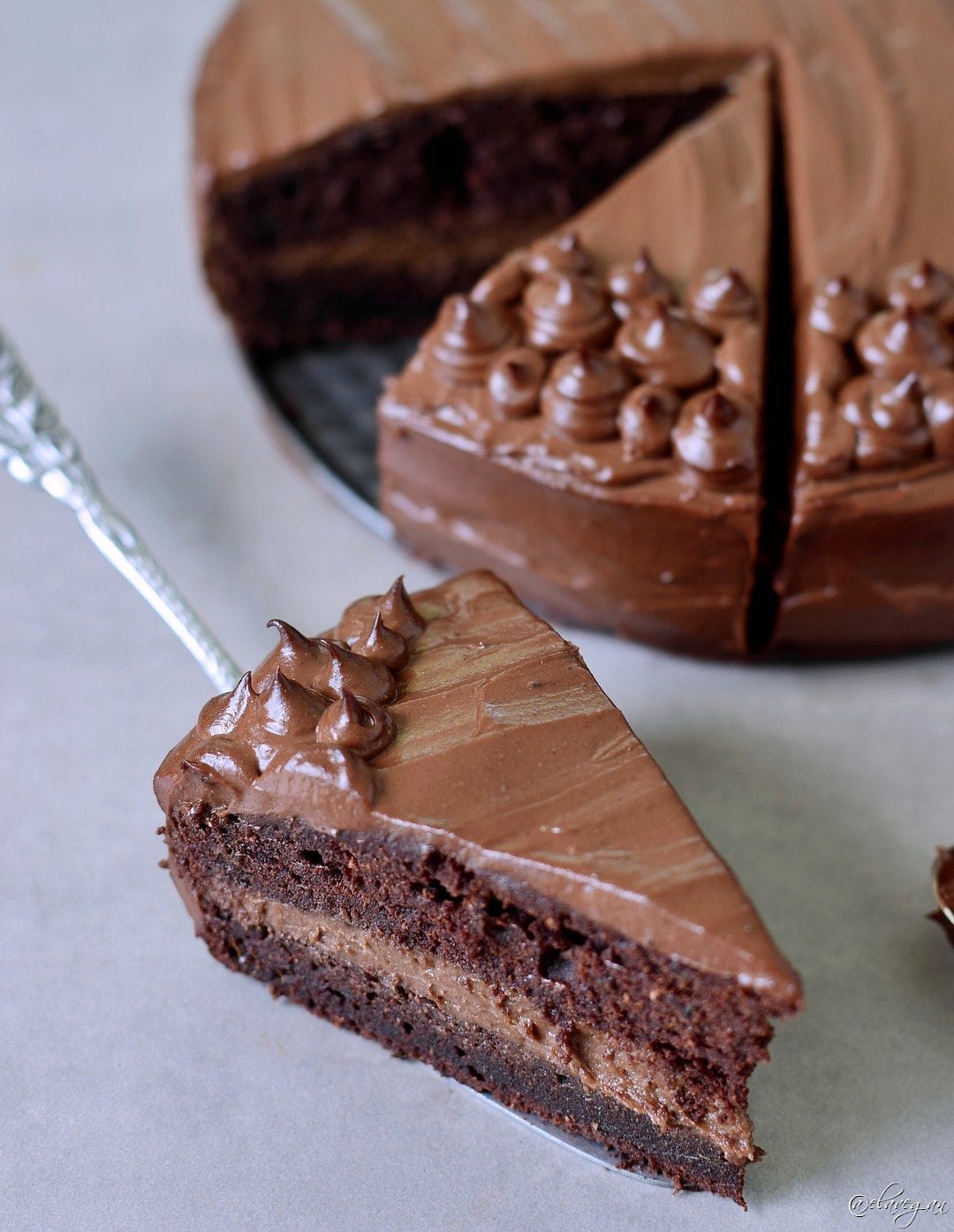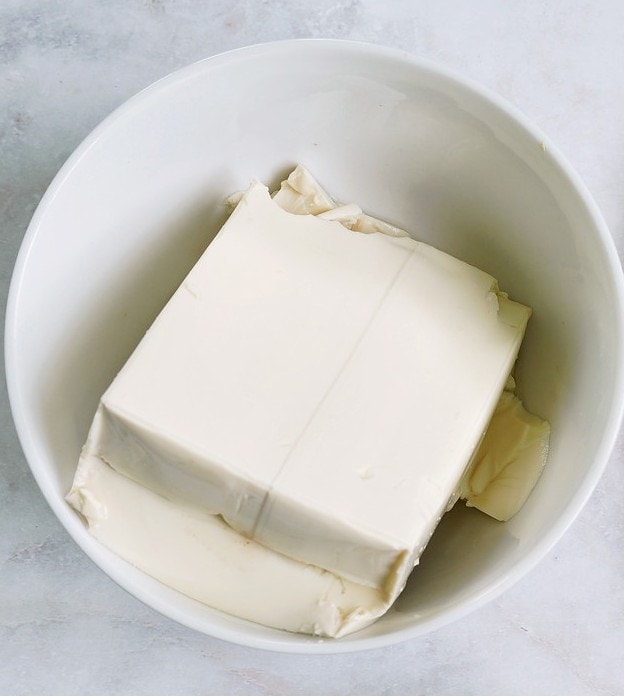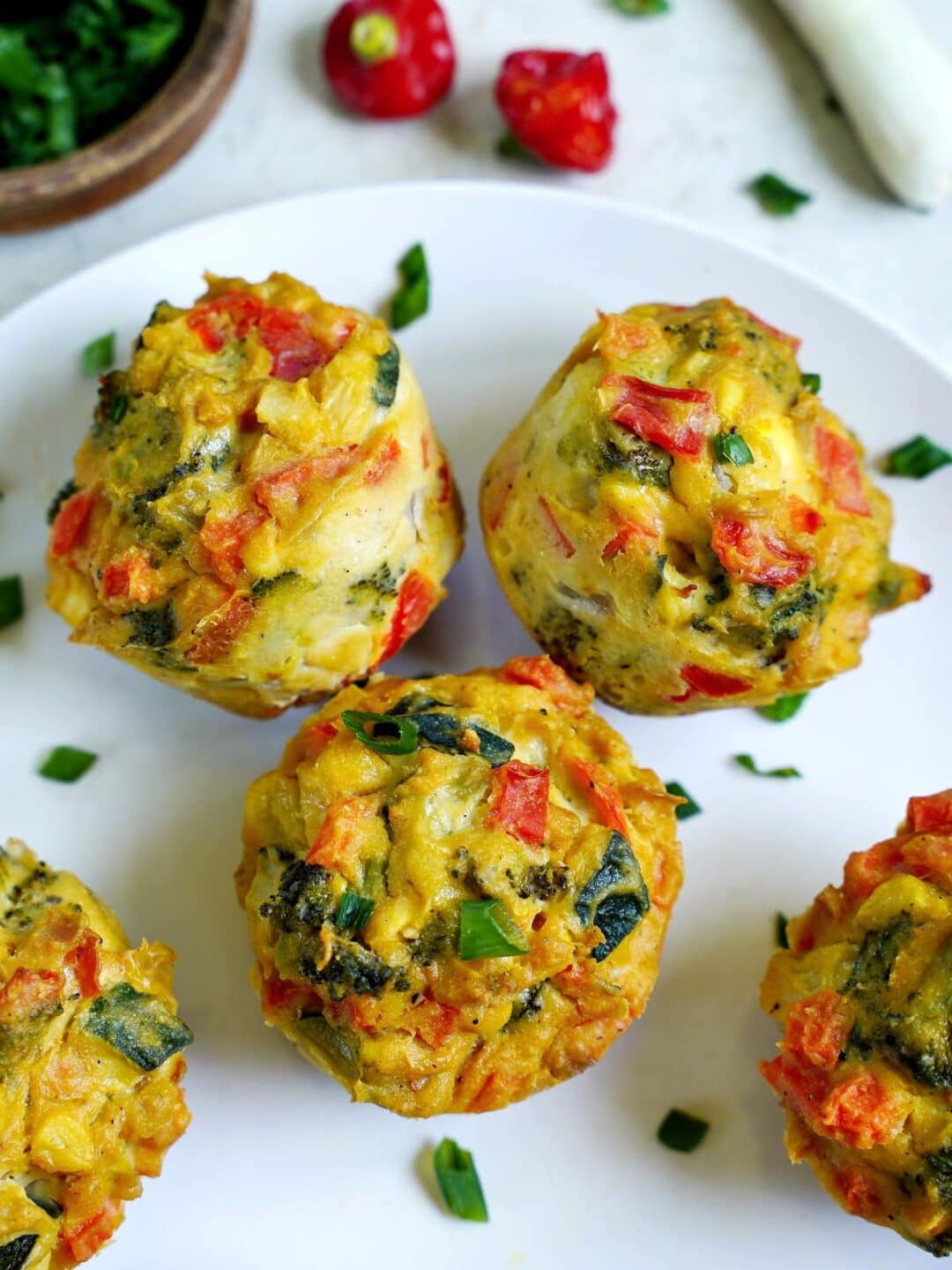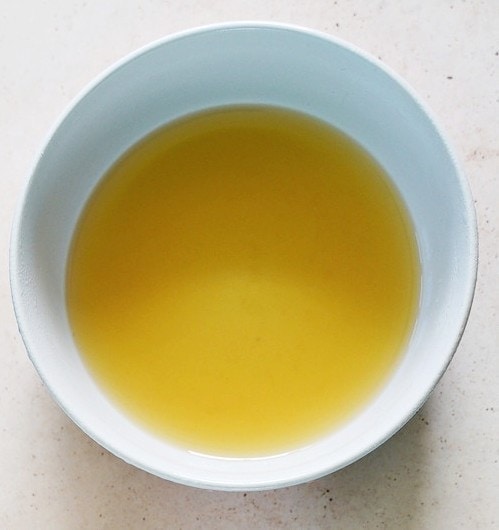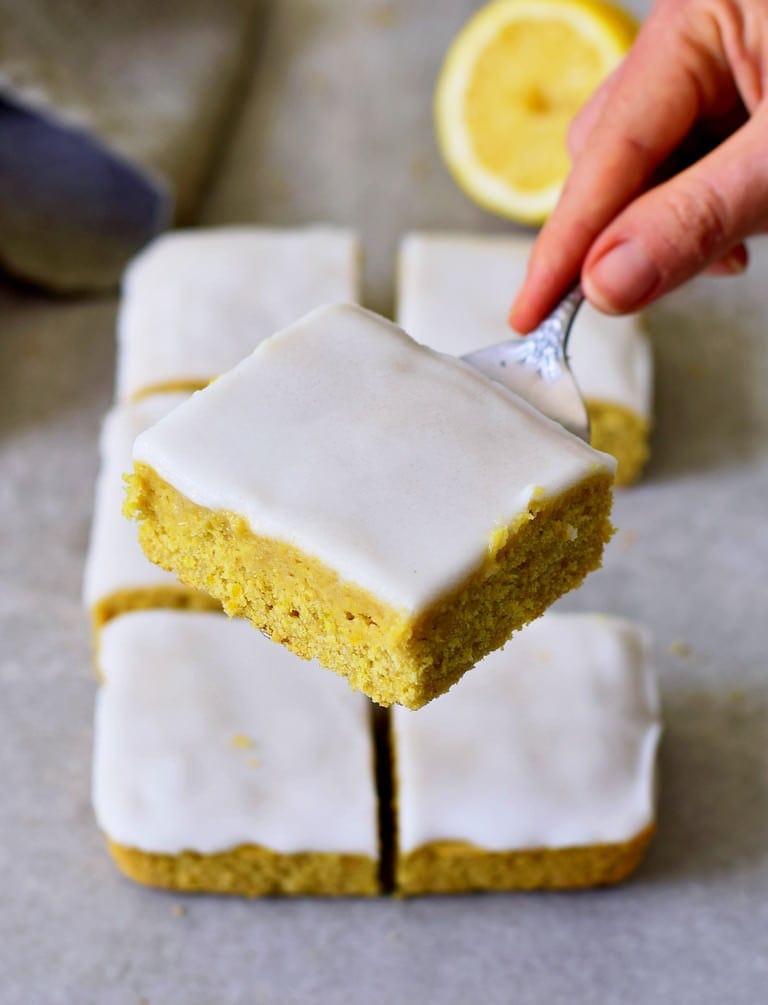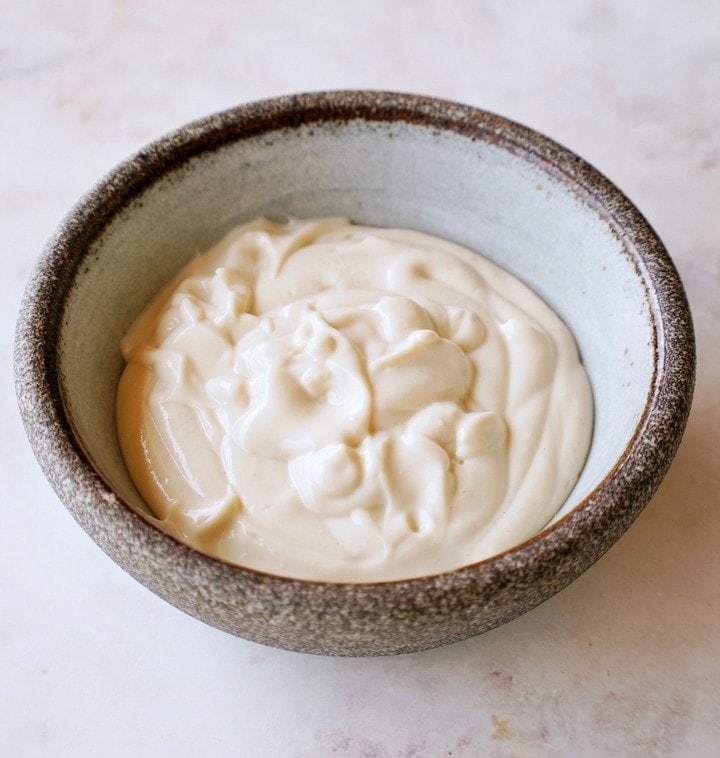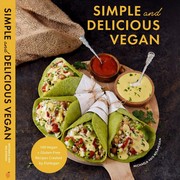Whether you’ve run out of oil, are trying to limit its usage, or are looking for a low-calorie alternative, there are several wonderful, healthier oil substitutions. Having done all the research for you and had plenty of experience, I’ve gathered this list of top healthy substitutes for oil in baking, including recipes where I’ve used the oil replacements in baking.
Why use Oil in Baking, and Why Replace Unhealthy Oils?
I think it’s fair to say that most baking recipes contain fat in some form, be that as a liquid oil or as butter/margarine. There are several main reasons why it’s a baking staple: Though there are some heart-healthy oils (like extra-virgin olive oil, avocado oil, or walnut oil), most popular baking oils (i.e., vegetable oil) contain very little in terms of nutritional value, are one of the most calorie-dense foods on the planet, and are often highly refined and/or contains lots of unhealthy trans fats/ saturated fats, which can lead to many health issues, including cardiovascular disease. Luckily, there are several substitutes for vegetable oil in baking that are much healthier, allow you to avoid processed foods, contain only a fraction of the calories, and may even provide extra nutrients to your bake.
What to Use Instead of Vegetable Oil in Cake and Bakes?
Here are the top oil alternatives for baking you can use in regular, vegan, and gluten-free baking. Top Tip: Make notes every time you use an oil substitution to see what works best in which recipes, and any recipe tweaks required.
Unsweetened Applesauce
Applesauce (unsweetened!) is a popular oil substitute in baking. It’s usually used in cakes, muffins, cupcakes, and brownies meant to be moist and slightly denser (i.e., not crisp cookies). It’s super moist, low calorie, and will add subtle sweetness without tasting of apple.
To use applesauce when baking, use a 1:1 ratio (i.e., 1/2 cup of oil to 1/2 cup of applesauce), and allow the bakes to cool for at least 15 minutes before moving or slicing them to avoid crumbling. Recipes using applesauce:
Vegan gingerbread cake
Cinnamon apple baked oatmeal
Upside-down plum cake (using applesauce or mashed banana)
Vegan coconut cake (combines applesauce and canned coconut milk)
Mashed Banana (and other Purées)
Considering applesauce is a fruit purée, it’s unsurprising that there are several other popular fruit and vegetable purées you can use as a substitute for oil in baking to add moisture and tenderization (along with hidden nutrients!) to muffins, brownies, scones, bread, etc. Fruit purées: I particularly use mashed bananas, but pear or apricot purées also work.
Vegetable purées: The two most popular versions I’ve seen (and used) are pumpkin purée and sweet potato purée. Avocado purée (though technically a fruit) also works well and contains lots of heart-healthy fats for richness.
These work similarly to applesauce, but affect the flavor and color more. Though this can work out better in most cases, adding extra flavor to muffins and cakes. Bakes made with fruit/vegetable purées will also be denser than those with solid fats, as they won’t ‘aerate’ the batter. To use purées, I don’t recommend making a direct 1-to-1 swap. Instead, I use somewhere closer to 50-75%. I.e. for every 1/2 cup of oil, I use between 1/4-1/3 cup. Please note, if using purées for cookies, they will turn out more puffy/ cake-like vs. crisp. Recipes using Pumpkin Purée:
Apple pie cookies
Pumpkin baked oatmeal (combines pumpkin purée and nut butter for moisture, richness, and flavor)
Vegan pumpkin cookies
Pumpkin chocolate bread
Recipe using Mashed Banana:
Banana oat pancakes
Healthy banana bread
Chocolate baked oats
Raspberry oatmeal crumble bars (banana and canned coconut milk)
Chocolate oatmeal bars
Crepes (with cinnamon apple filling)
Recipes using other Purées:
Avocado chocolate cake (with avocado and canned coconut milk)
Sweet potato brownies (banana and sweet potato)
Flourless brownies (combine mashed banana, nut butter, and chickpeas)
Seed or Nut Butters
Natural seed and nut butter, like peanut butter, almond butter, cashew butter, and sunflower seed butter, are all healthier, less processed forms of fat (especially if you use or make versions that only contain the nuts and sometimes a little salt) that make for a great vegetable oil substitute for baking.
When blended into a butter, the nut solids separate from their oils to create the ‘paste-like’ texture, and these natural oils replace the processed ones in your bakes for rich and delicious results. Just note that they are more likely to add flavor to your bakes than several other oil substitutions on this list. The exact amount you need to use when replacing oil with nut butter can vary based on the individual recipe. It works very well to make thin/crisp cookies, tarts, and brownies. Recipes using Nut or Seed Butter:
Vanillekipferl
Pecan tarts
Baked banana oatmeal
Vegan thumbprint cookies
Healthy breakfast cookies (I used tahini)
Canned Coconut Milk
Canned coconut milk is a rich, creamy, and fairly high-fat liquid that makes for a delicious and impressive oil substitute in baking. However, it will often add a subtle coconut flavor to your baking.
To use coconut milk in place of oil, you also need to consider the liquids in the recipe. For example: 1 cup of coconut milk will replace 1/4 cup oil + 3/4 cup liquid (milk, water, etc.). I’ve found that it works best in recipes where another main ‘moist’ ingredient is used. Recipes using Coconut Milk:
Healthy carrot cake muffins (shredded carrot and coconut milk)
Super moist vegan pineapple bread (pineapple chunks and coconut milk)
Gluten-free, vegan strawberry crumb bars (mashed banana and coconut milk)
Vegan marble bundt cake (mashed banana and canned coconut milk)
Chocolate zucchini cake (shredded zucchini and canned coconut milk)
More Oil Replacements for Baking
There are several other healthy vegetable oil substitutes for brownies, cakes, and bakes that I’ve tried with success. These include:
Silken tofu:
Silken tofu is loaded with protein, can be blended into a purée consistency, then used as an (egg or) oil substitute in cake, cupcakes, cookies, muffins, brownies, etc. It works best with dense and/or chewy bakes made of strong flavors (like chocolate or coffee).
To replace oil with silken tofu, I recommend using 1/3 cup silken tofu for every 1/2 cup oil called for in a recipe. I often use it to make savory vegetable muffins.
Aquafaba:
Aquafaba is the liquid that comes in a can of chickpeas (or from cooking chickpeas). The flavor is very neutral, and its slightly thick, viscous texture is similar (ish) to oil. Best of all, though, it’s loaded with nutrients like iron and folate.
I actually usually use aquafaba more as an egg replacement (especially when whipped, like in my peanut butter mousse) than for oil, though it will technically work as both. To replace oil with aquafaba, use equal parts aquafaba to oil in baked like cakes, muffins, cookies, and bars/slices (though they won’t be as ‘rich’). I’ve used it to make my lemon sheet cake.
Dairy-free Yogurt
There are several dairy options that people can use to replace oil, but in vegan baking, I’ve only tried dairy-free yogurt. Yogurt adds moisture and richness while remaining far lower calorie than oil. If it’s particularly acidic, it can also react with the leavening agents for fluffier bakes.
To use yogurt instead of oil, I recommend using a 1:1 ratio (slightly less if you’re using a super thick yogurt). Just note that if the flavor of the yogurt is very tangy, this will carry over into the bake. If you try any of these recipes using oil substitutes in baking, I’d love a comment and ★★★★★ recipe rating on their posts. Also, please don’t forget to tag me in re-creations on Instagram or Facebook with @elavegan and #elavegan—I love seeing them.
IF YOU ARE USING PINTEREST, FEEL FREE TO PIN THE FOLLOWING PHOTO:
